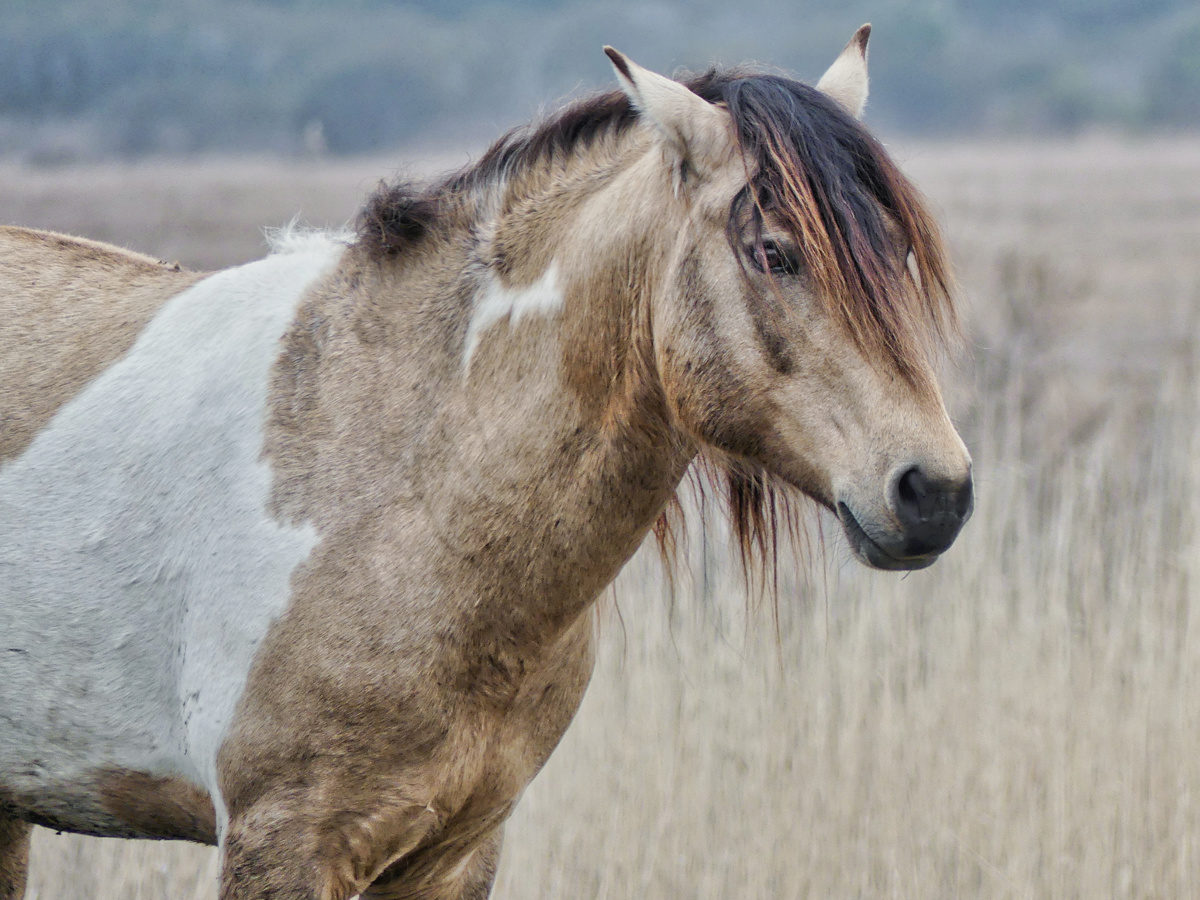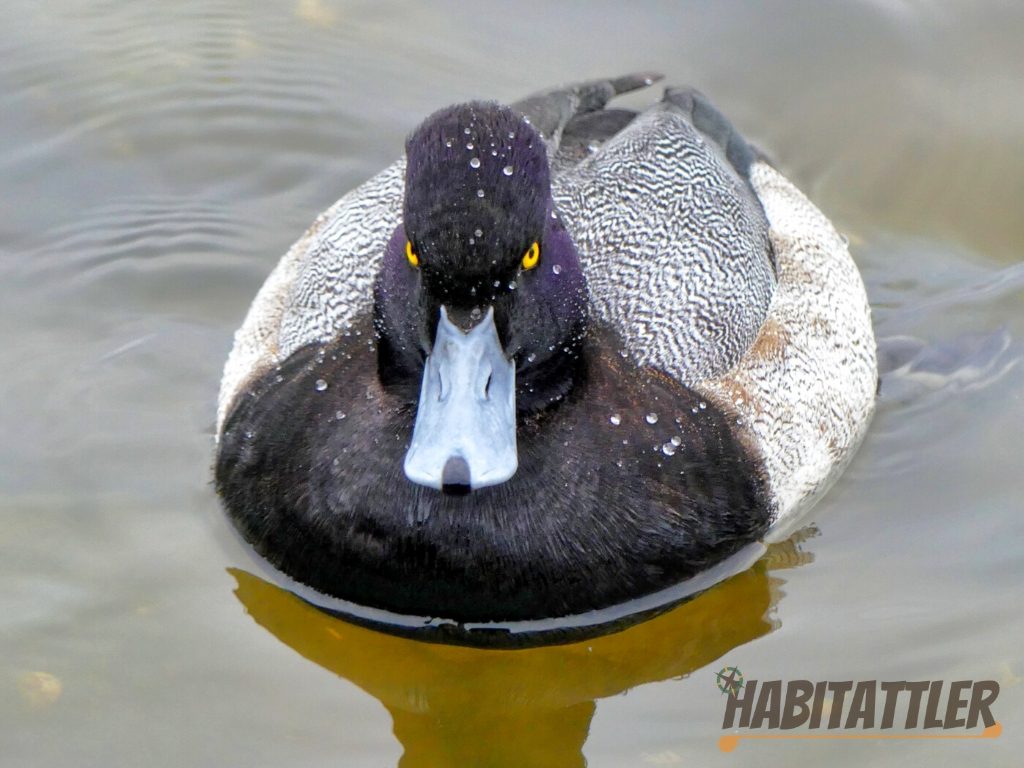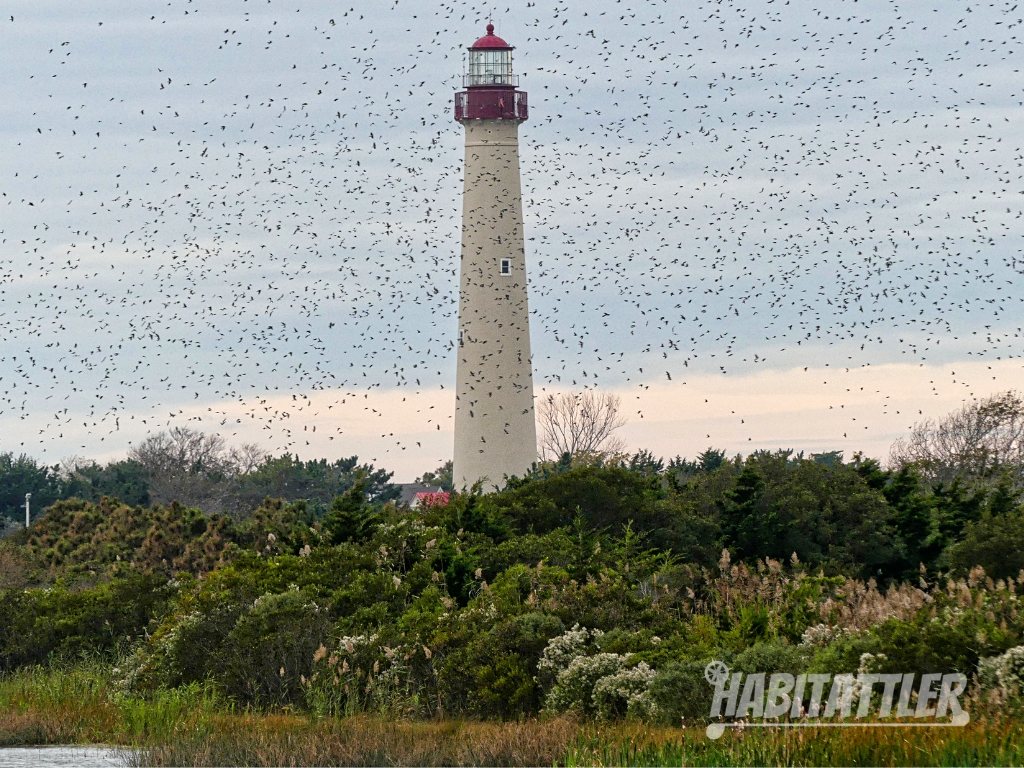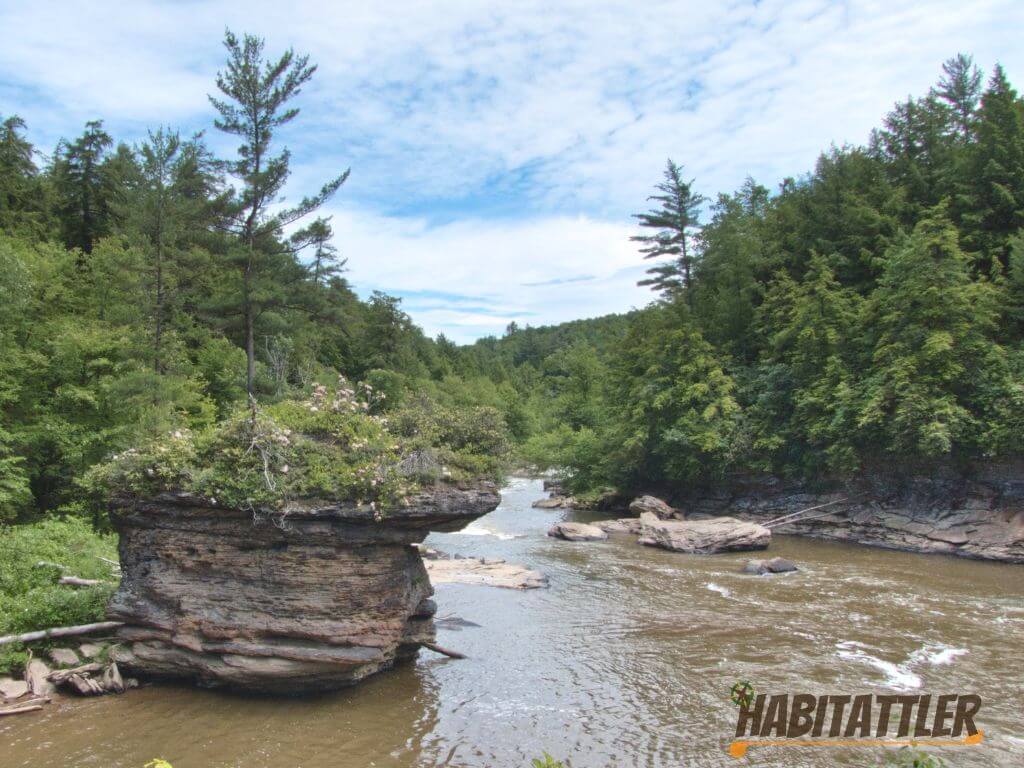Chincoteague Intrigue Feral Ponies, Birds Galore, Shore to Please and More
The Chincoteague National Wildlife Refuge offers 14,000 acres of instant gratification. Famous feral ponies, pristine wetlands, unadulterated beaches, dunes, quiet coves, a Birders paradise and plentiful wildlife.
NO BARRIERS
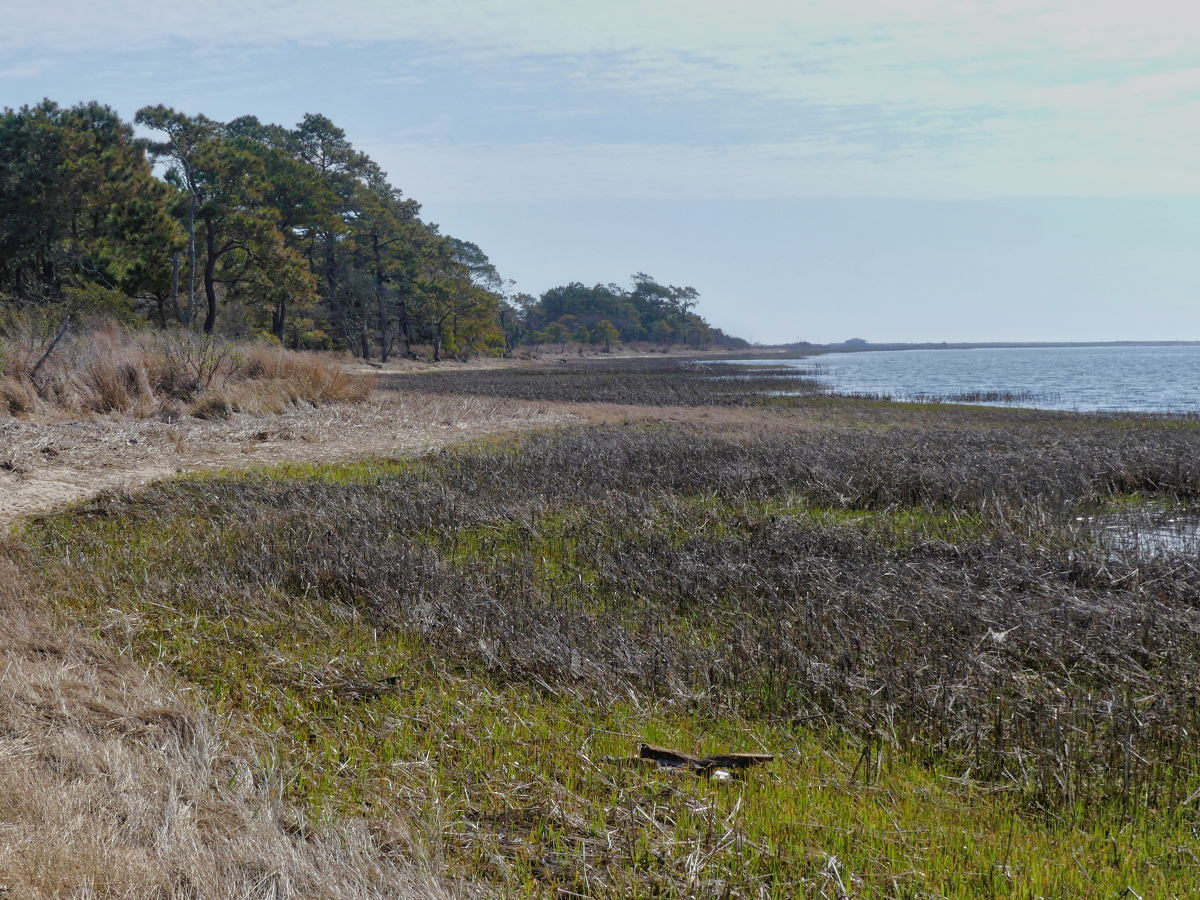
The barrier islands and spits of the Mid Atlantic all bear unique personas and distinctive charms. The Chincoteague National Wildlife Refuge is exceptionally no exception among them. Absent is the boisterous carnival abandon of Ocean City, MD or Wildwood, NJ — the sobering seclusion of Hogg or Cobbs Island. Chincoteague’s accessibility is equal to its resort laden physiographic cousins while retaining the tranquil biodiversity of a remote sanctuary.
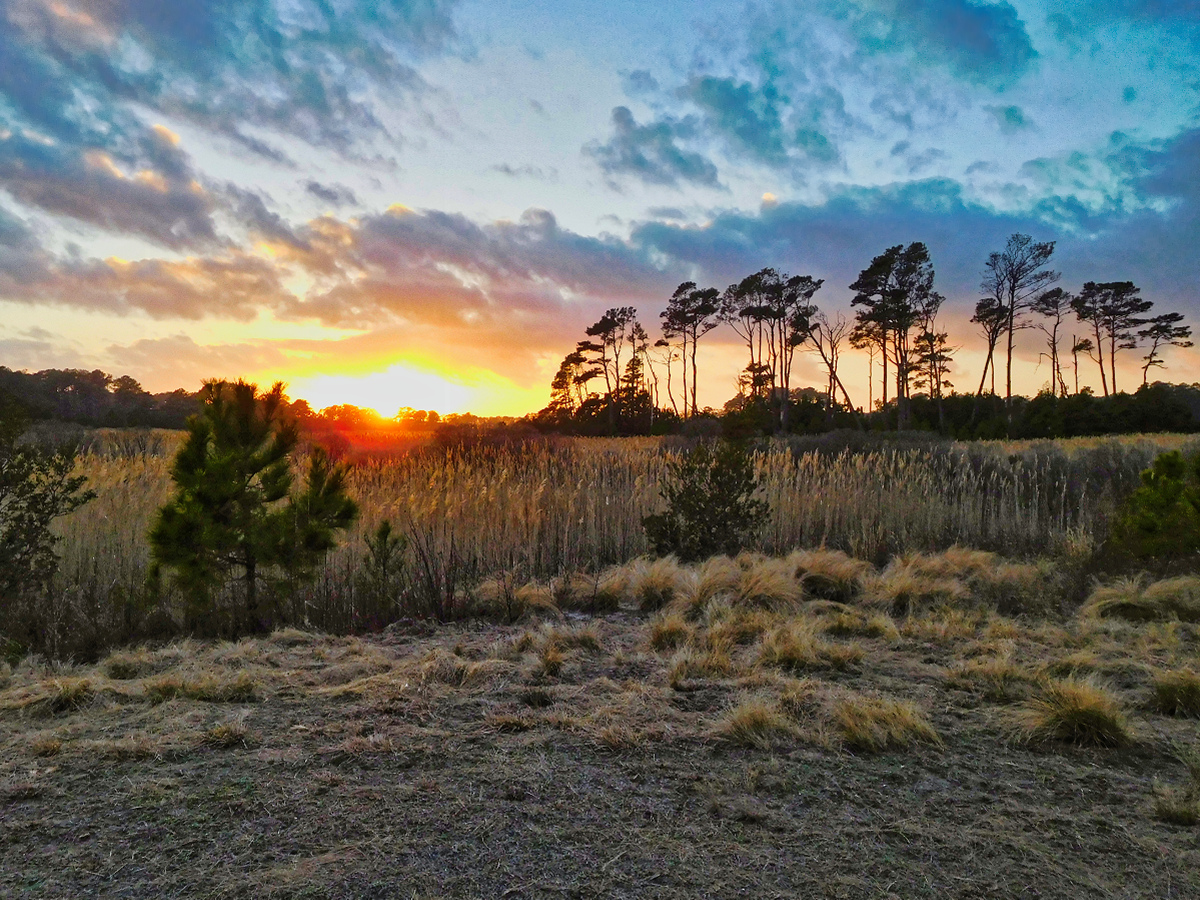
Two Herds, Two Islands, Two Chincoteagues ?
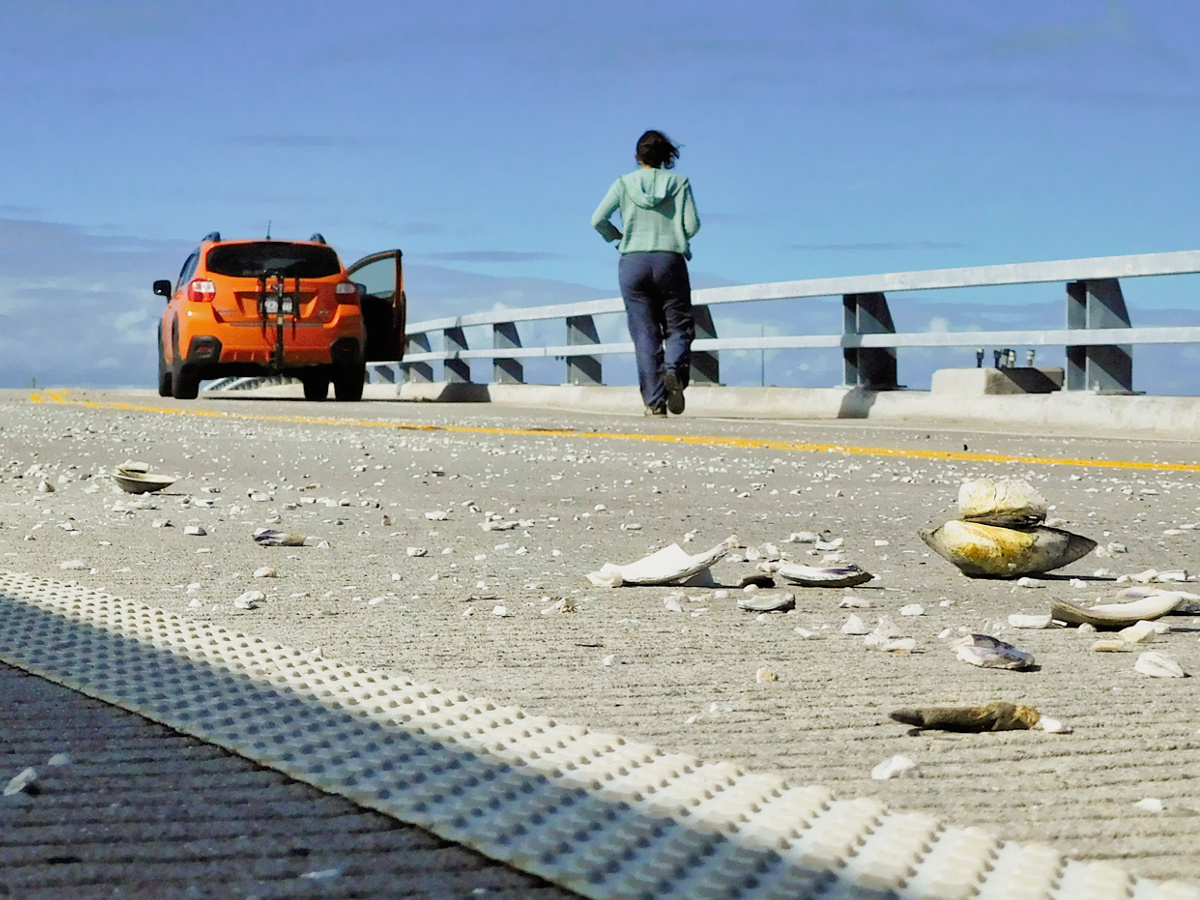
Named for the nearby island and town of Chincoteague , The Chicnoteague National Wildlife Refuge is located over a short bridge on the Virginia portion of Assateague Island. The Maryland side of Assateague hosts the Assateague Island National Seashore and Assateague State Park.
The lines drawn across Assateague are not completely arbitrary. I find the Chincoteague Refuge to be more intimate and dynamic than the open expanse of the National Seashore or the predominantly beach goer appeal of Assateague State Park.
Each division has its own separately managed pony herds . The National Seashore ponies only receive medical attention to relieve terminal suffering and contraceptives. Population control is necessary to protect herd integrity and to maintain ecological equilibrium. Otherwise, they are regarded as wild animals.
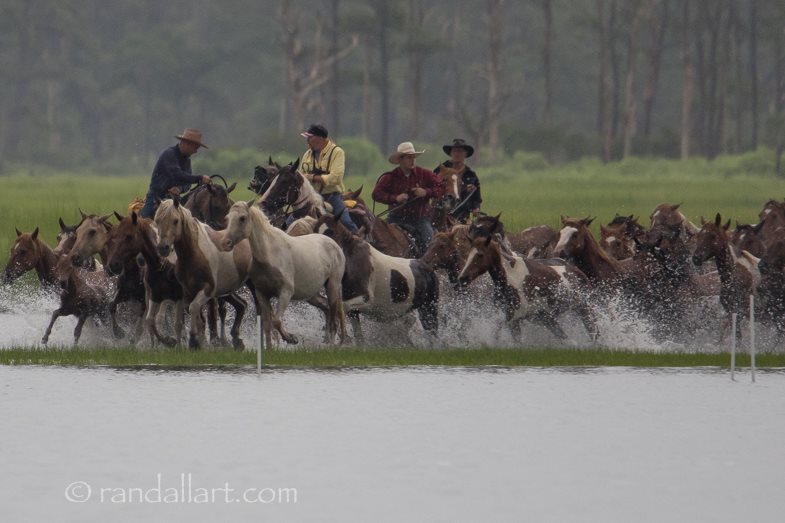
The Chincoteague herd is overseen and owned by the Chincoteague Volunteer Fire Company. The CVFC provides vaccines, hoof care and veterinary intervention as deemed necessary. The CVFC also supplies hay during harsher winters. Population control in Chincoteague is achieved through an annual auction of foals. The yearly roundup and pony swim, across the channel into Chincoteague Island , is a festival tradition that attracts spectators far and wide. Proceeds from the auction are folded back into the management of the herd and funds the CFVC.
RESIDENT ALIENS
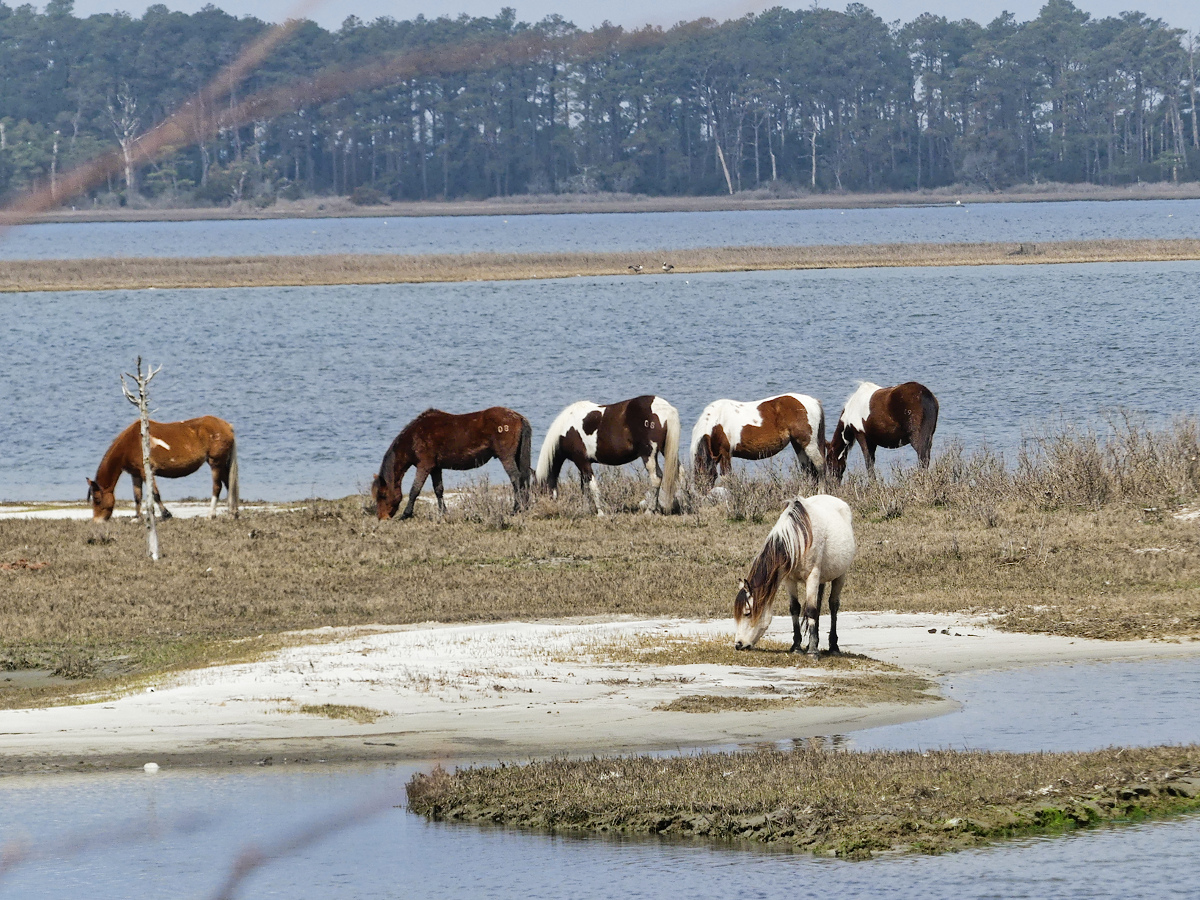
The wild horses of Chincoteague are actually feral and called ponies due to their relatively small stature. Their diminutive size results from the poor available diet of salt marsh plants and brush.
Feral ponies have inhabited Assateague Island for hundreds of years and descend from domestic horse stock. How they arrived is a subject of fervorous debate. Casual enthusiasts are best advised to let mystery stand among the opinionated, choose your battles. Shipwreck survivors from a Spanish Galleon OR strays from herds once hidden for tax evasion are the prevailing theories.
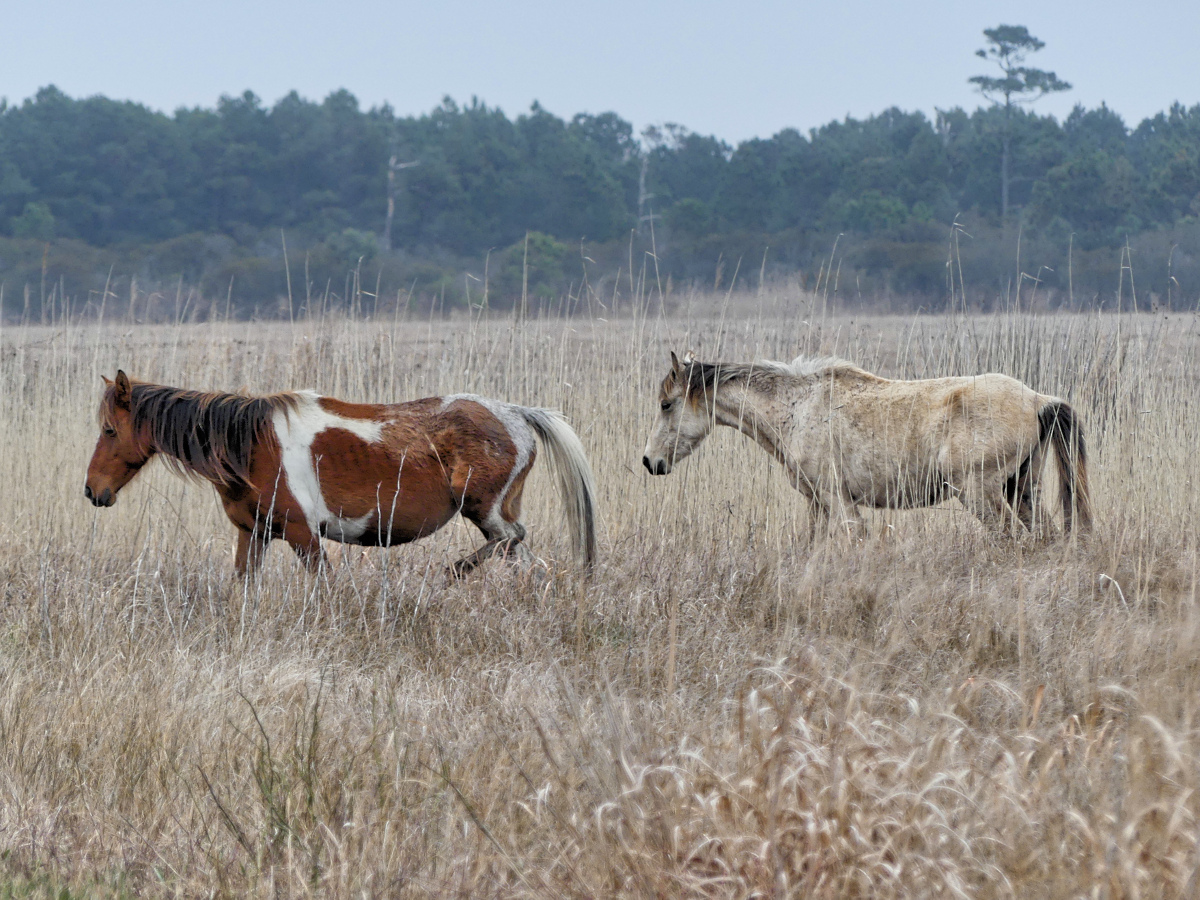
Watching the free roaming bands graze, socialize, and rear their young in this detached coastal wilderness is a singular privilege. Among locals and visitors, there is palpable pride and reverence for these immigrants. They have found refuge and made their own way in a landscape not intended to accommodate them. Yet, they belong here. The ponies have forged a unique culture within their species that has enriched and influenced the nearby human community. Rugged, charismatic, and independent – they have become the existential totem of Assateague and of the town of Chincoteague. A diaspora of these free spirits has been seeded through the annual auction but a herd of around 150 are maintained to preserve this symbiotic heritage.
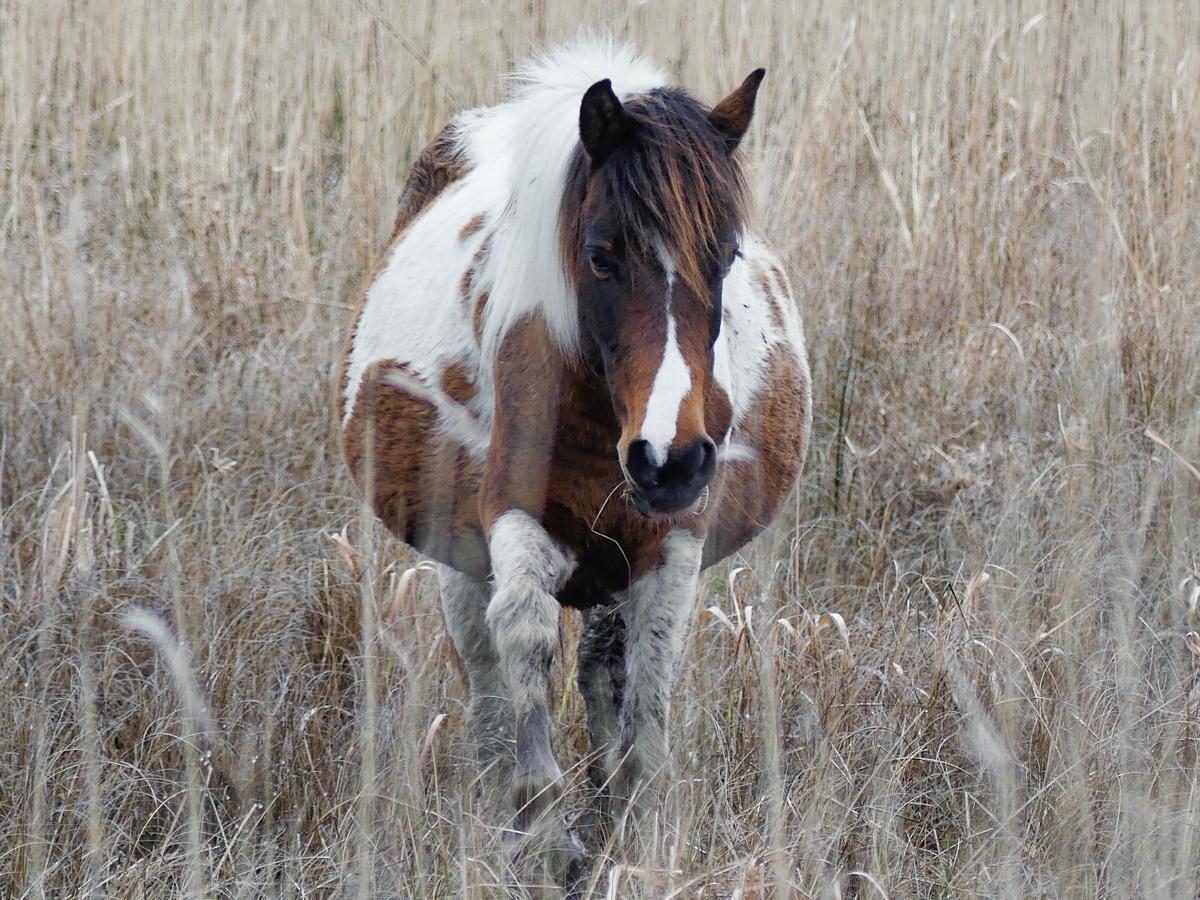
WHEELS UP
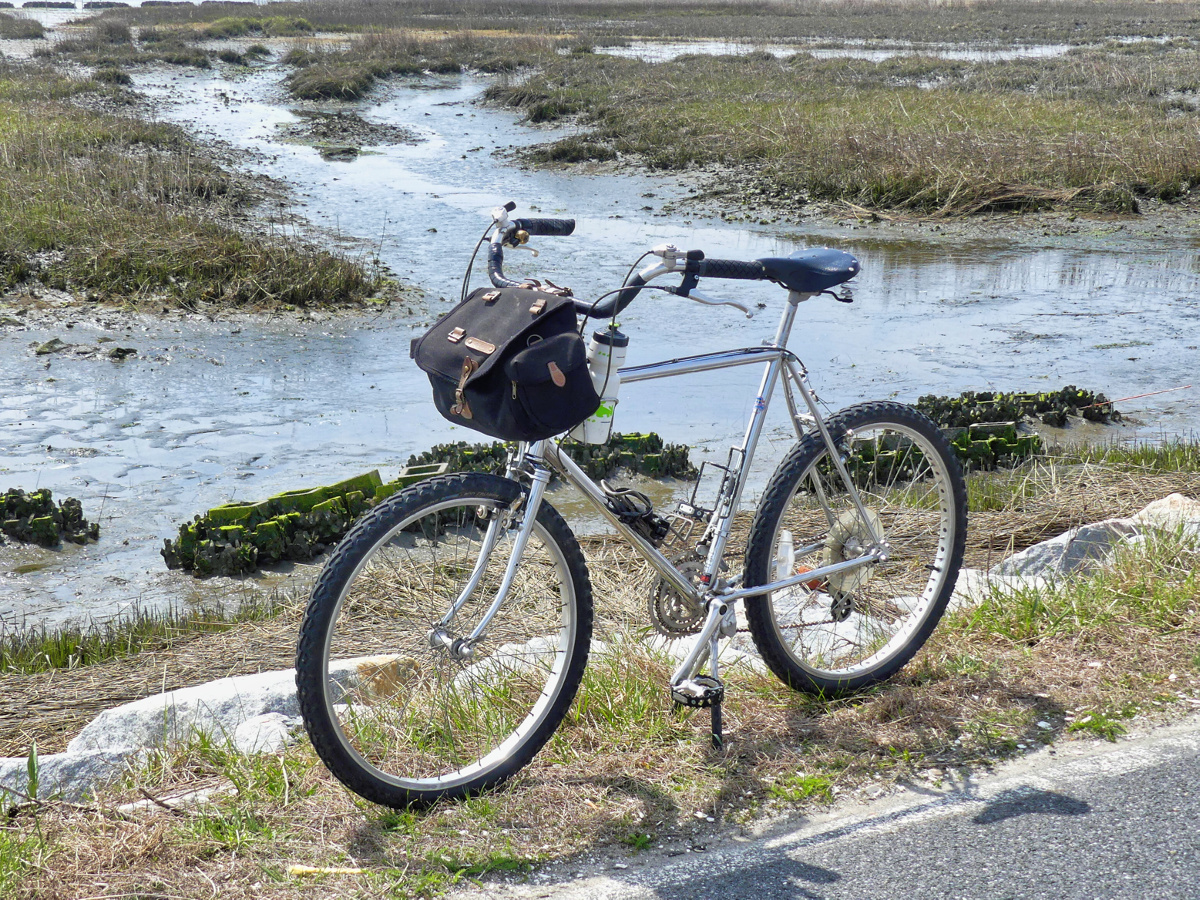
Though some areas of the refuge are limited to foot traffic, my preferred mode of transportation is by bicycle. Cycling is just a fast as driving on the refuge while minimizing noise and pollution. It allows you to enjoy the breeze and a full clear view, frequently dismount as desired for a closer look, and add a bit of exercise to the experience. Lockups are conveniently located at most vehicle restricted trail heads, so you can add a hike to the outing. If you don’t own a bicycle, there are rentals available on nearby Chincoteague Island.
FOR THE BIRDS
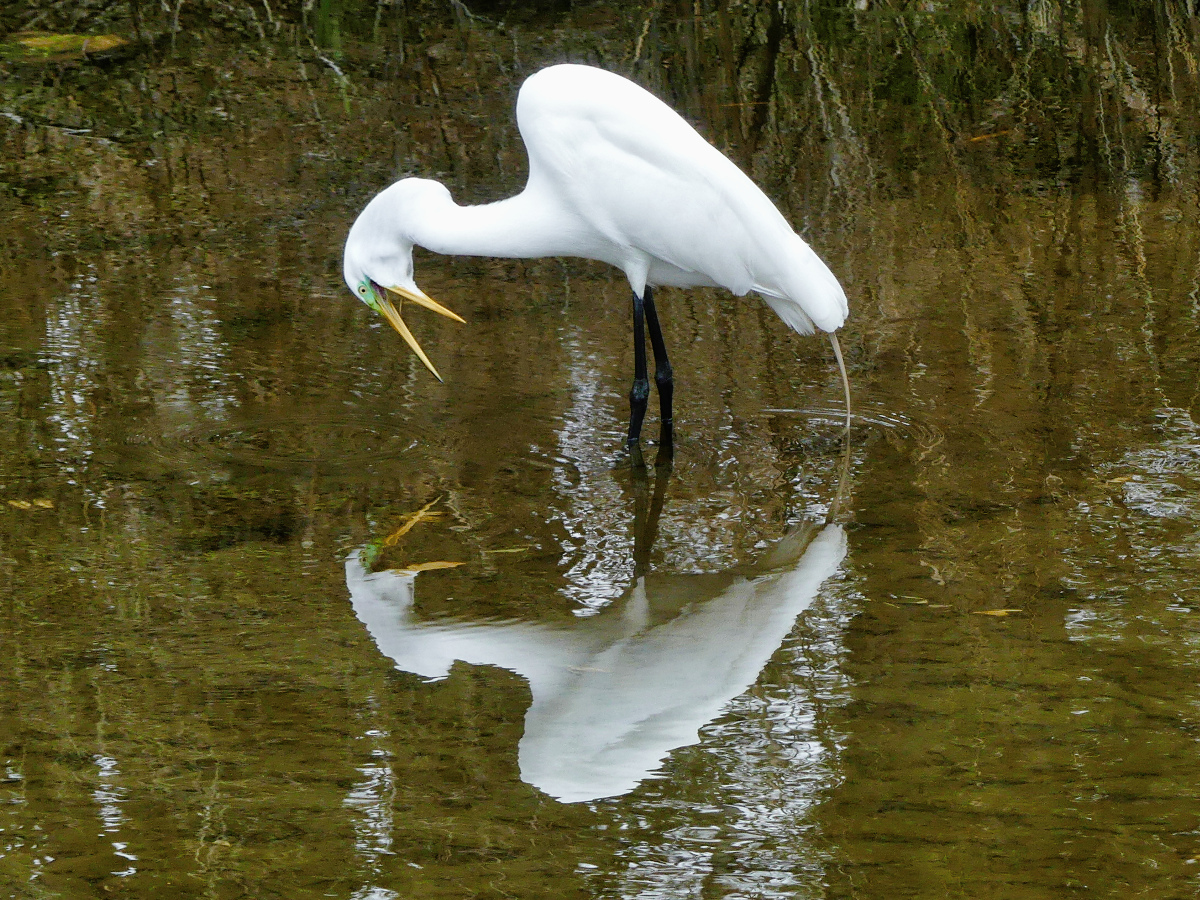
Chincoteague hosts over 320 bird species thanks to its diverse habitat and position on the Atlantic Flyway, the Interstate 95 of Bird Migration. Variety varies seasonally, with Spring and Autumn migration being most bountiful, but many avian travelers choose to remain year round. Shorebirds are best represented but songbirds, ducks and raptors can also be viewed in healthy numbers.
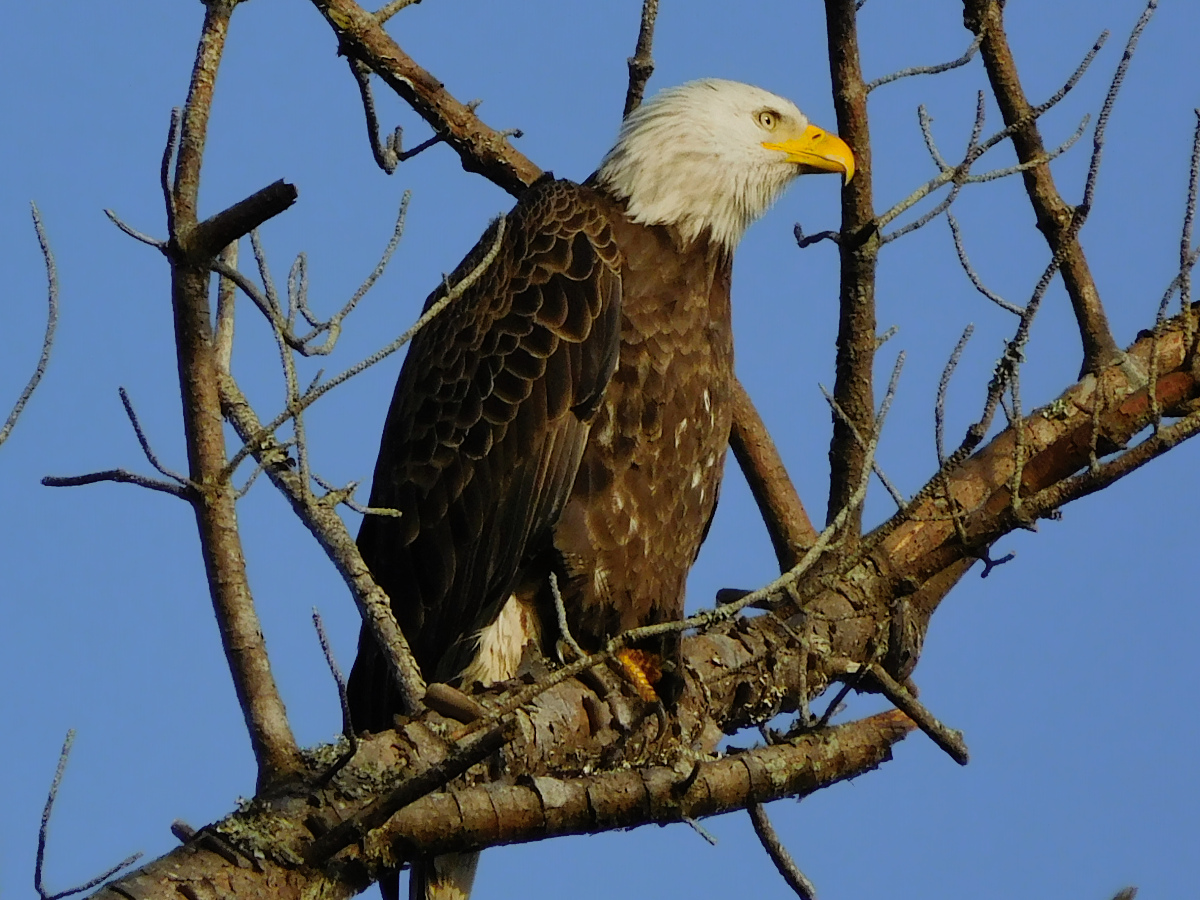
Vigilance is not required to spot birds in Chincoteague and your log book will fill quickly. The coves, pools and rivulets along Beach Access Road and all of the larger trails are typically active with birds that do not spook easily. Though not quite on par with Cape May in terms of saturation, only a curated experience furnishes easier viewing or better photographic opportunity.
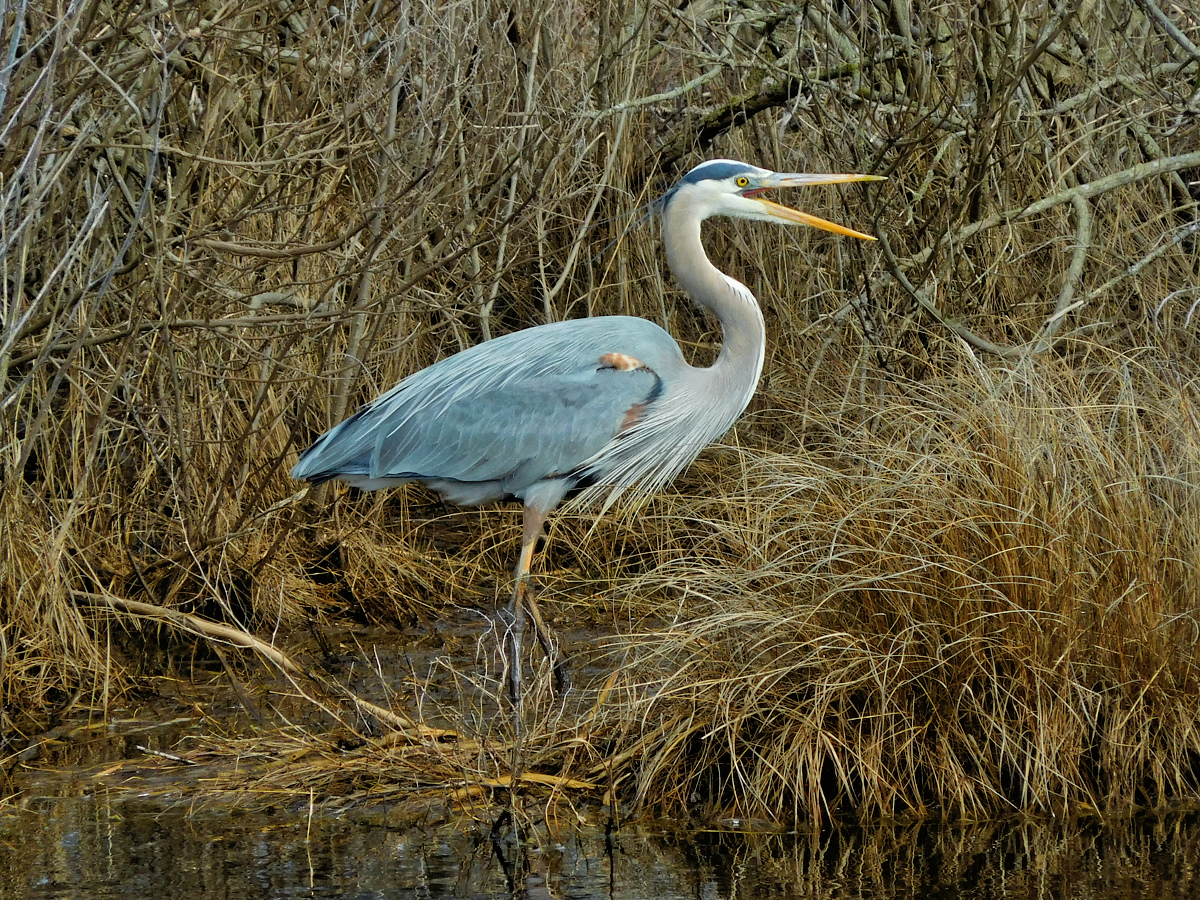
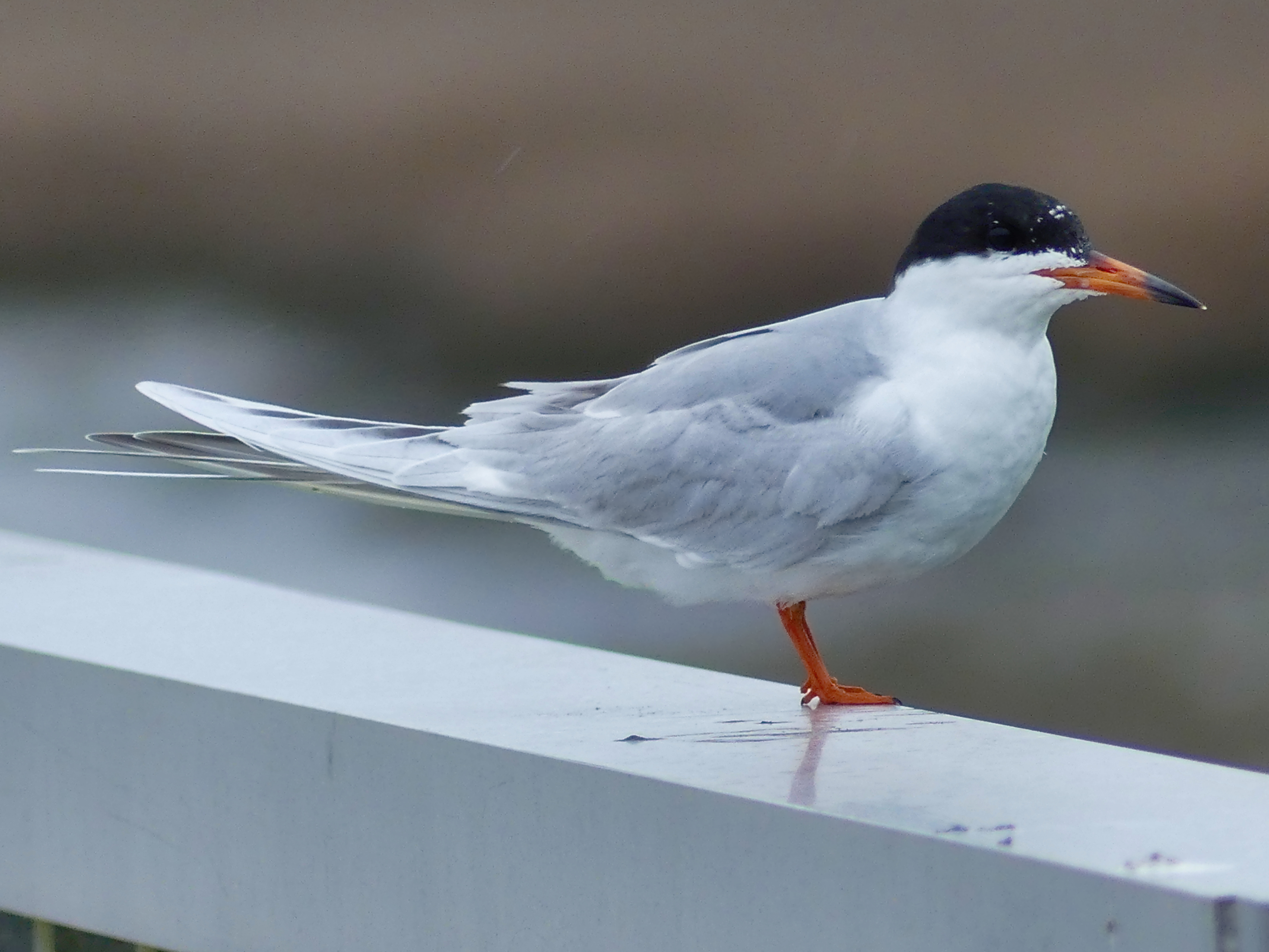
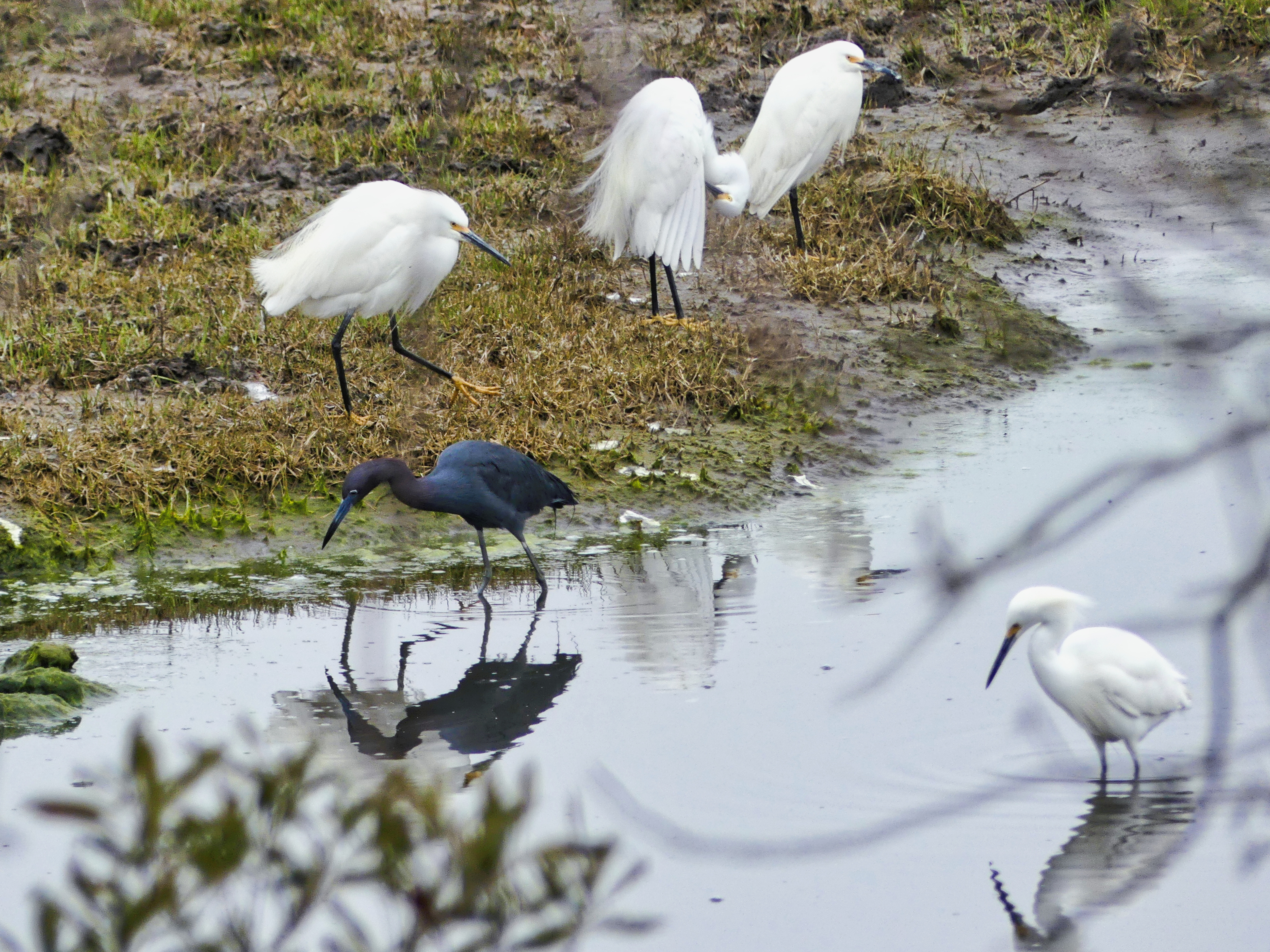
ALWAYS MORE
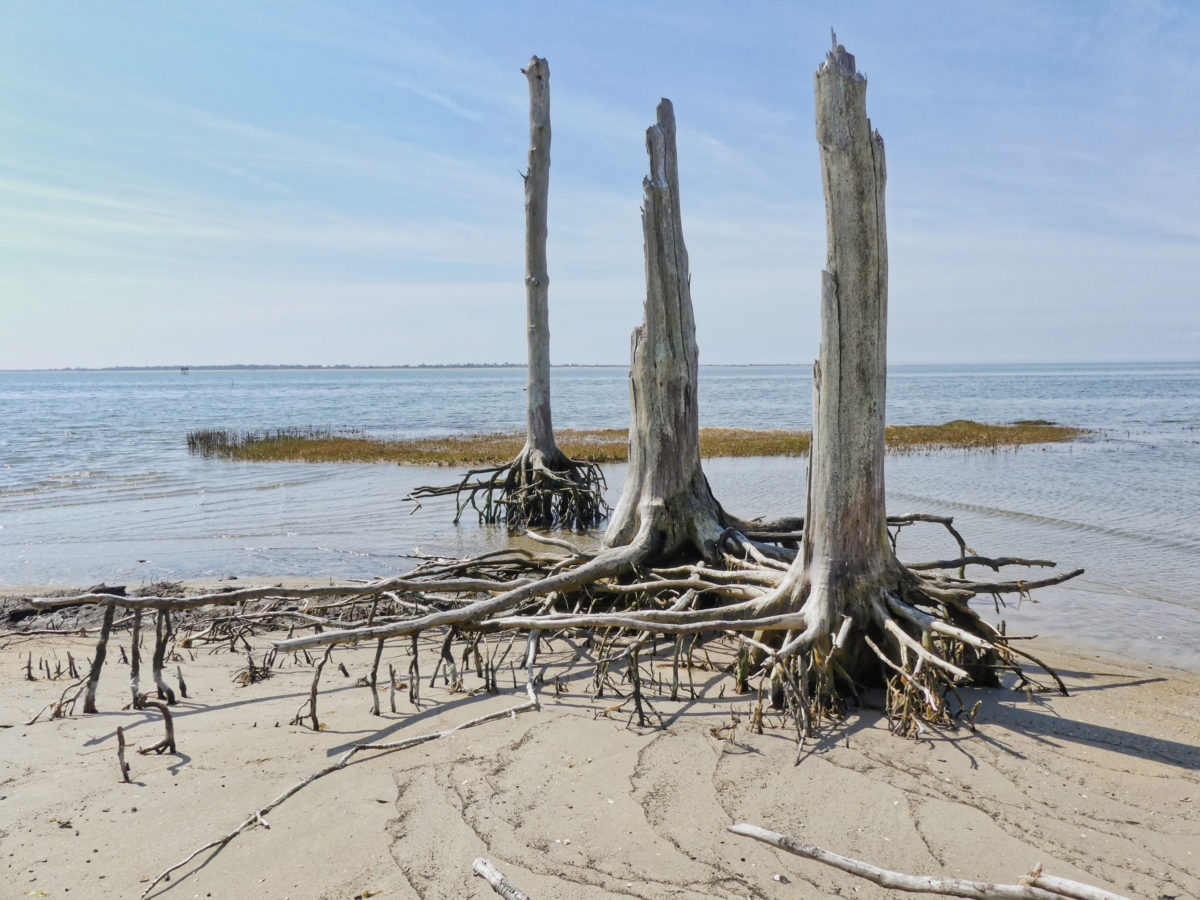
Chincoteague rewards curiosity with discovery. Slow down, look everywhere and look again. Underfoot, in the distance or out of the corner of your eye, there is always a new prize.
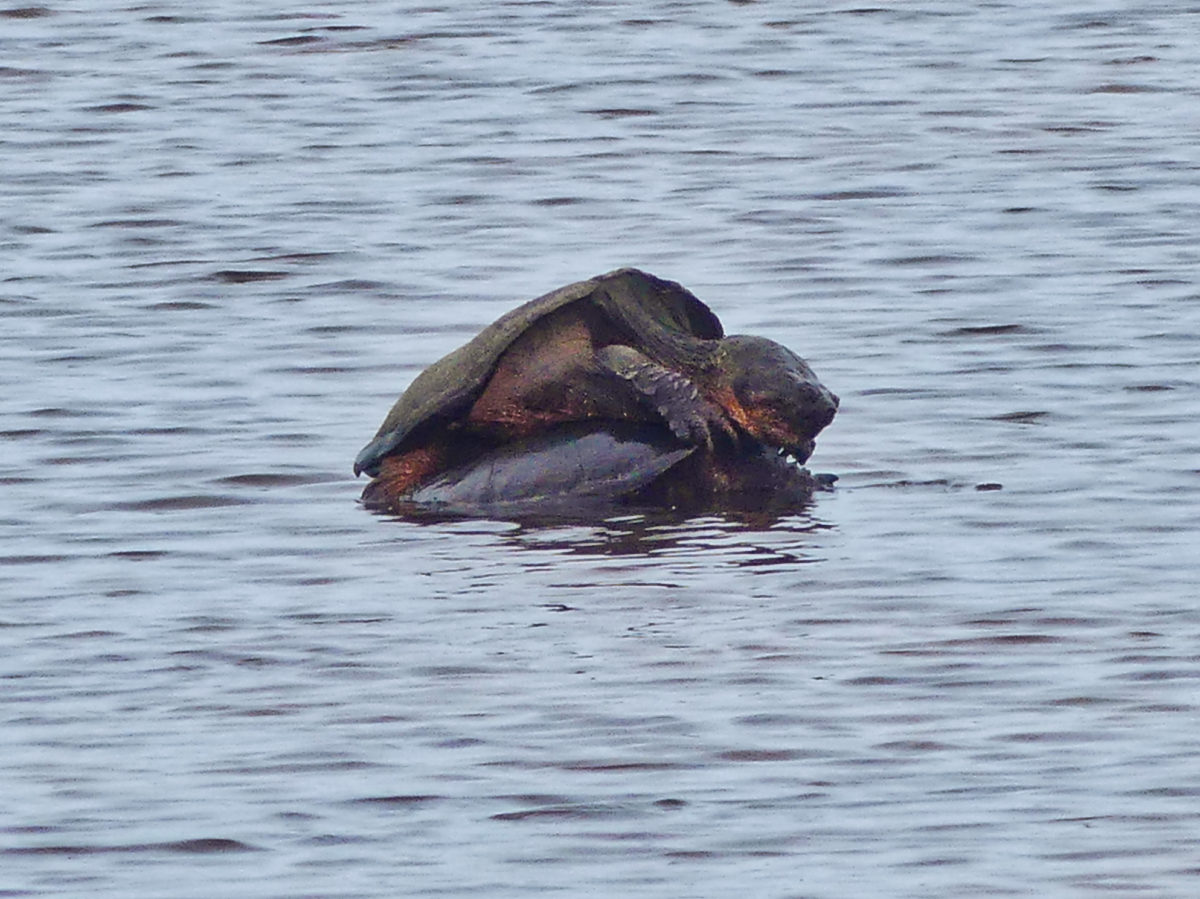
That odd far off lump may be a mating pair of snapping turtles. If you are hyper focused on birds or ponies, you may miss the scuttling grey flash of the mammoth 3 pound Delmarva fox squirrel. Was that a stray dog ? No. That was yet another resident alien, a small brown elk known as the Sika Deer. Peek over the bridge, a city of oysters. A discarded helmet bobbing in the pool —the amazing horseshoe crab. Wildlife is everywhere.
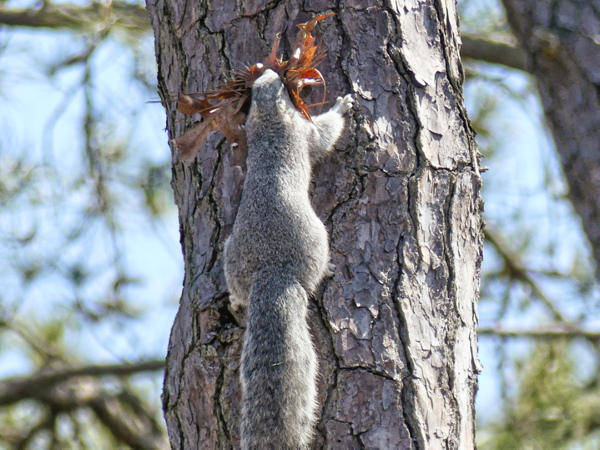
Even new terrain reveals itself when you thought you have exhausted all paths. On our last visit, we stumbled upon a long stretch of secluded beach near the Bivalve Trail — filled with grasses, snails, ghost crabs, Atlantic Ribbed Mussels and other mollusks. This lush cove beach led to a contrasting stand of sun bleached deadwood forest and driftwood unlike any I had seen before.
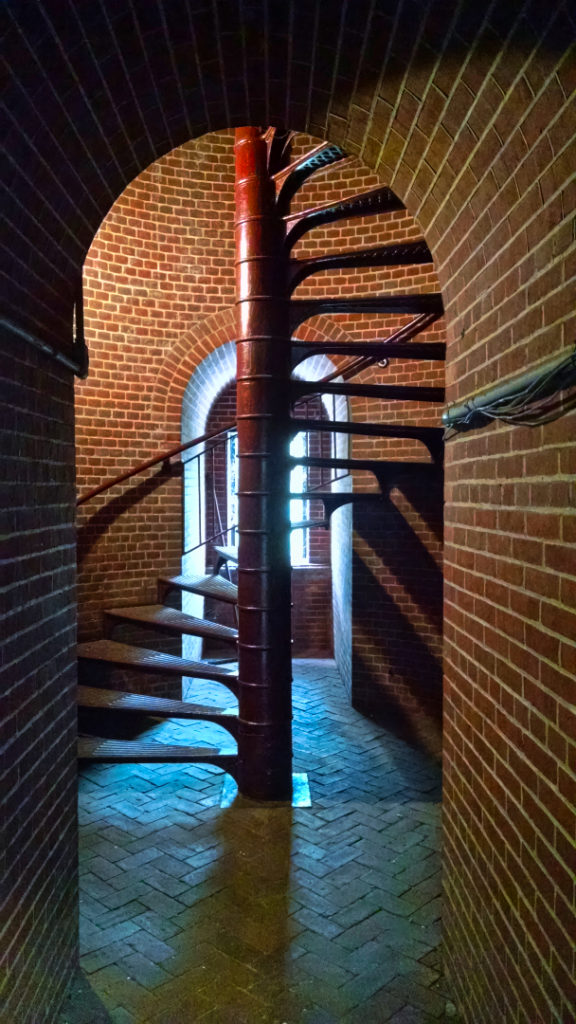
If you are still unsatiated, there are several more ways to see the island and view wildlife. Climb to the top of the historic Assateague Lighthouse for a birds eye panoramic view that gives the maritime history buff something to write home about. Many boating tours are available with experienced guides for dolphin watching, birding, viewing the ponies in their more secretive hideaways and fishing charters. The Chincoteague Natural History Association organizes the Refuge Trek bus tour. This tour is the most convenient way to access the restricted northern 8 mile stretch of the island and I highly recommend it.
Frequently motivated to return, my ladyfriend and I have visited Chincoteague six times. This includes a sub freezing New Years Eve in town, to watch the annual midnight Horseshoe Drop. The Townspeople opened the Library and served hot chocolate to the few bone chilled, die-hard attendees. Chincoteague always welcomes us like we are coming in from the cold. Our stress is confiscated whenever we cross over onto the island. We are free and eager to ride into the refuge, lazily view wildlife and stroll the beach no matter the season. It has become our default tradition when burnout has peaked and we truly need a comforting escape.
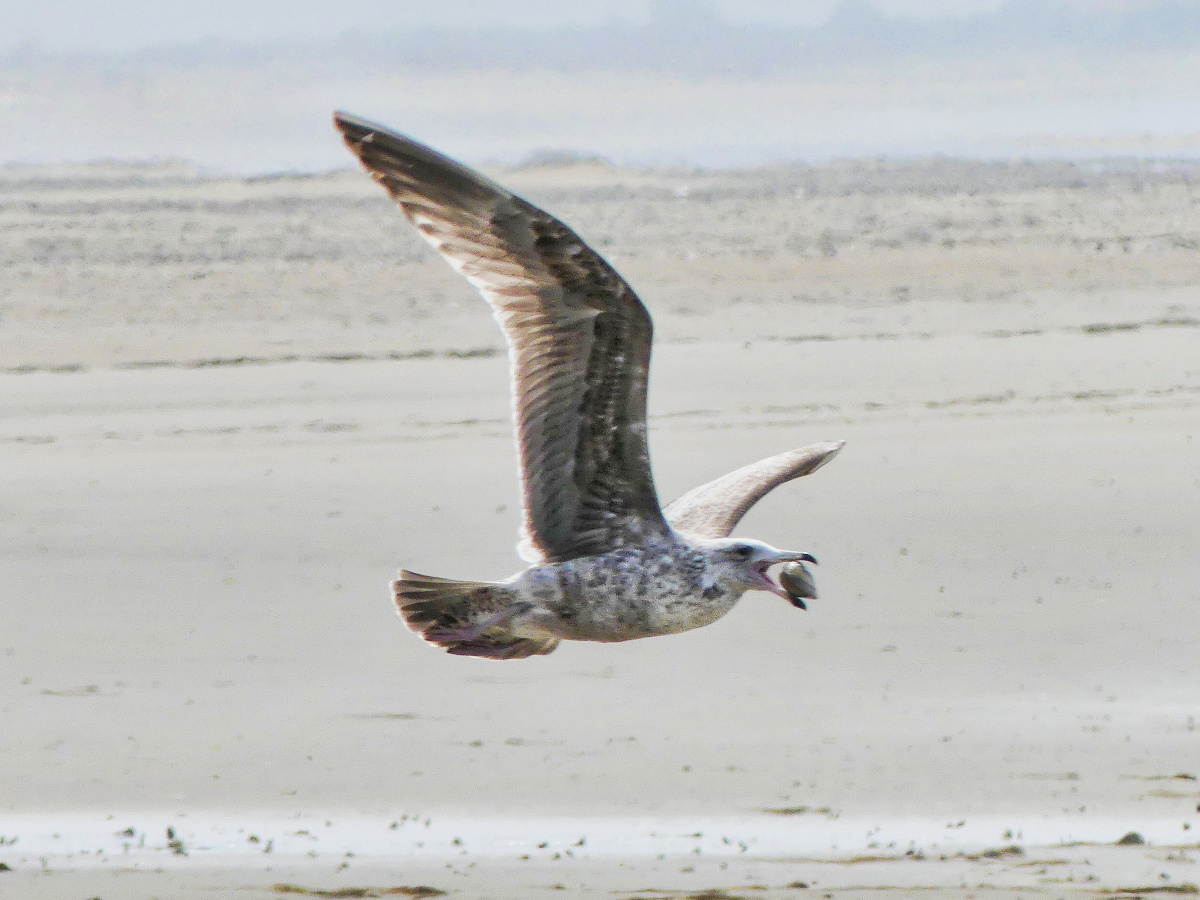
FURTHER INFORMATION
I cannot speak highly enough of the Refuge Inn and I do not entertain staying anywhere else. Located just at the edge of the refuge and surrounded by tall pines, it is a perfect place to stage your foray into nature.
Rooms are clean, cozy, quiet, have plenty of space to unpack and most ground floor rooms have a bike lockup in close proximity. The staff is authentic, laid back yet attentive. No fake smiles or scripted corporate interactions, just local charm and service. Amenities include my favorite swimming pool, hot tub, dry sauna, refuge observation deck and bike rentals. The continental breakfast is better than average and will satisfy most, but strict Vegans and GF folk may need to get creative. To top it off, Chincoteague ponies are right on the property, kids love it and you will too.
It is an honor to have a photographer of Randall’s caliber provide the Pony Swim photograph for this post. I encourage you to further investigate his body of work. Randall’s photographs have been published in local Baltimore media, internationally in the NACLA (North American Congress on Latin America) online and in Michigan Blue magazine. He has spent time working in Washington D.C. at the Library of Congress, National Museum of American History and the National Geographic Society. In addition to working as a freelance photographer he teaches art and photography workshops to adults, inner city youth and individuals with special needs.
Trail information and downloadable maps provided by the U.S. Fish and Wildlife Service.
Guide to Chincoteague Beaches :
Detailed look into the recreational beaches of Chincoteague, also on the U.S. Fish and Wildlife Service website.
A listing of various boat tours.
NASA Wallops Island Visitors Center:
The Wallops Space Flight Facility is a hop skip and a jump from Chincoteague. Take the opportunity to explore the visitors center on your way in OR, witness a real deal rocket launch up close. Check their schedule of events for details.
Map

